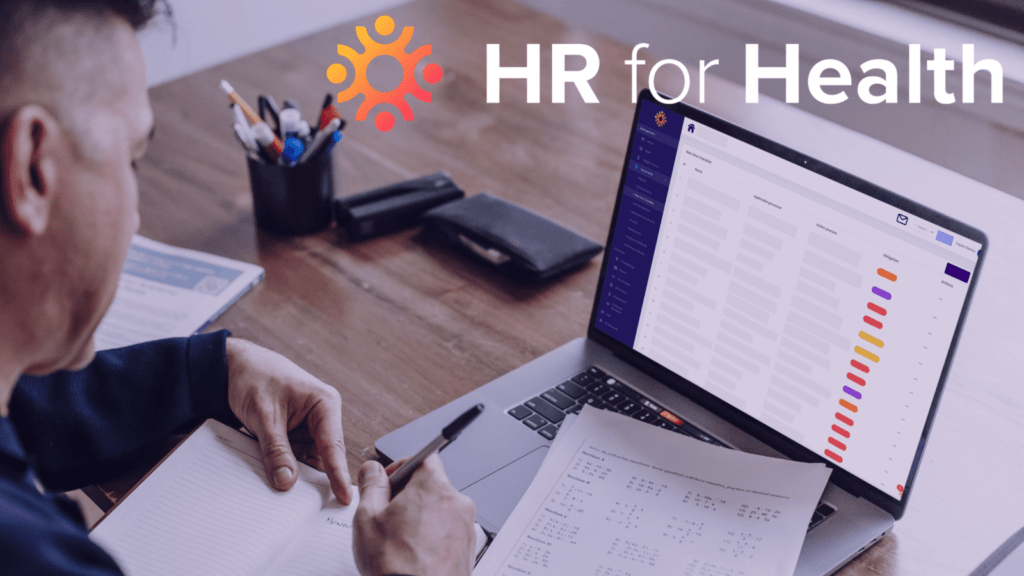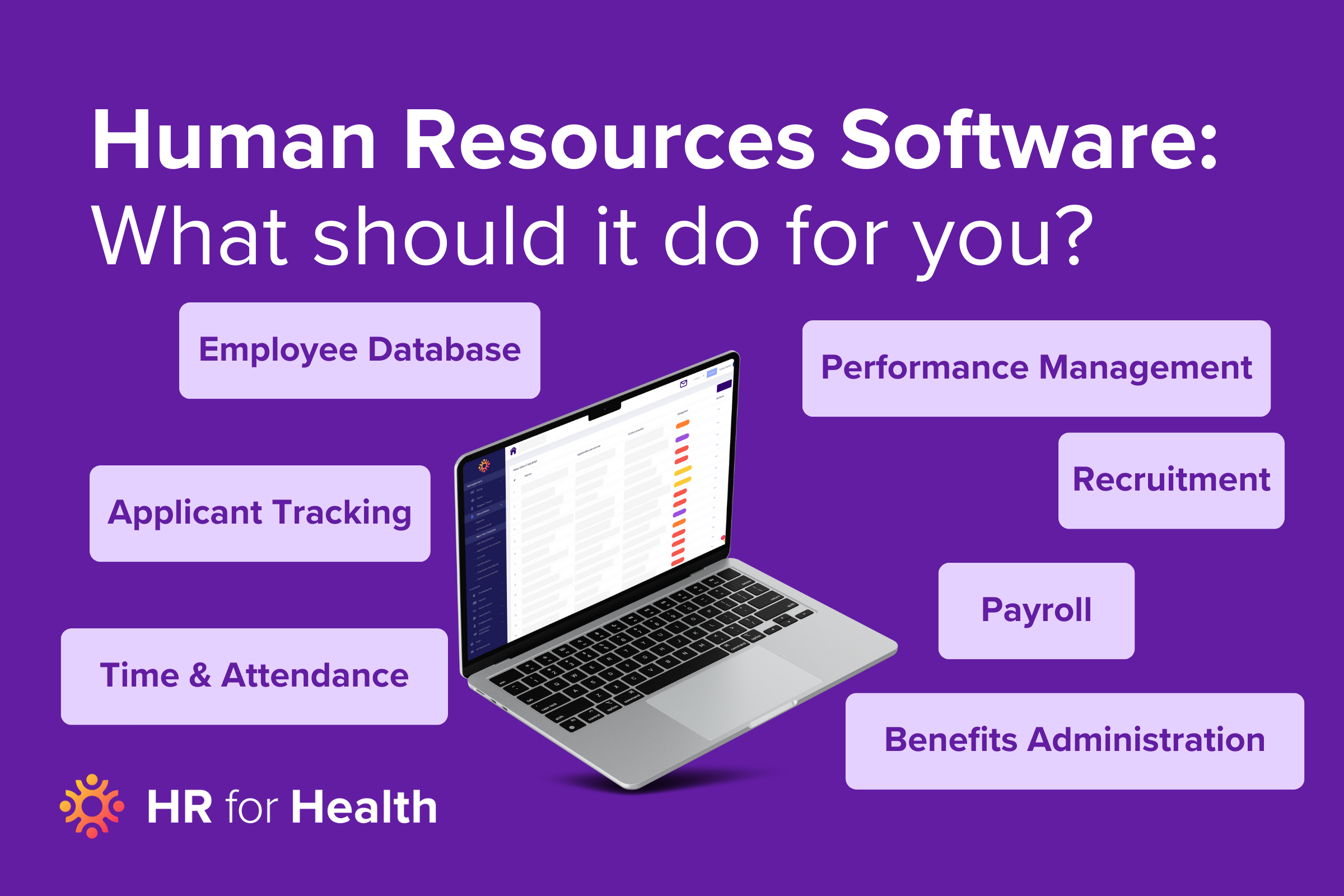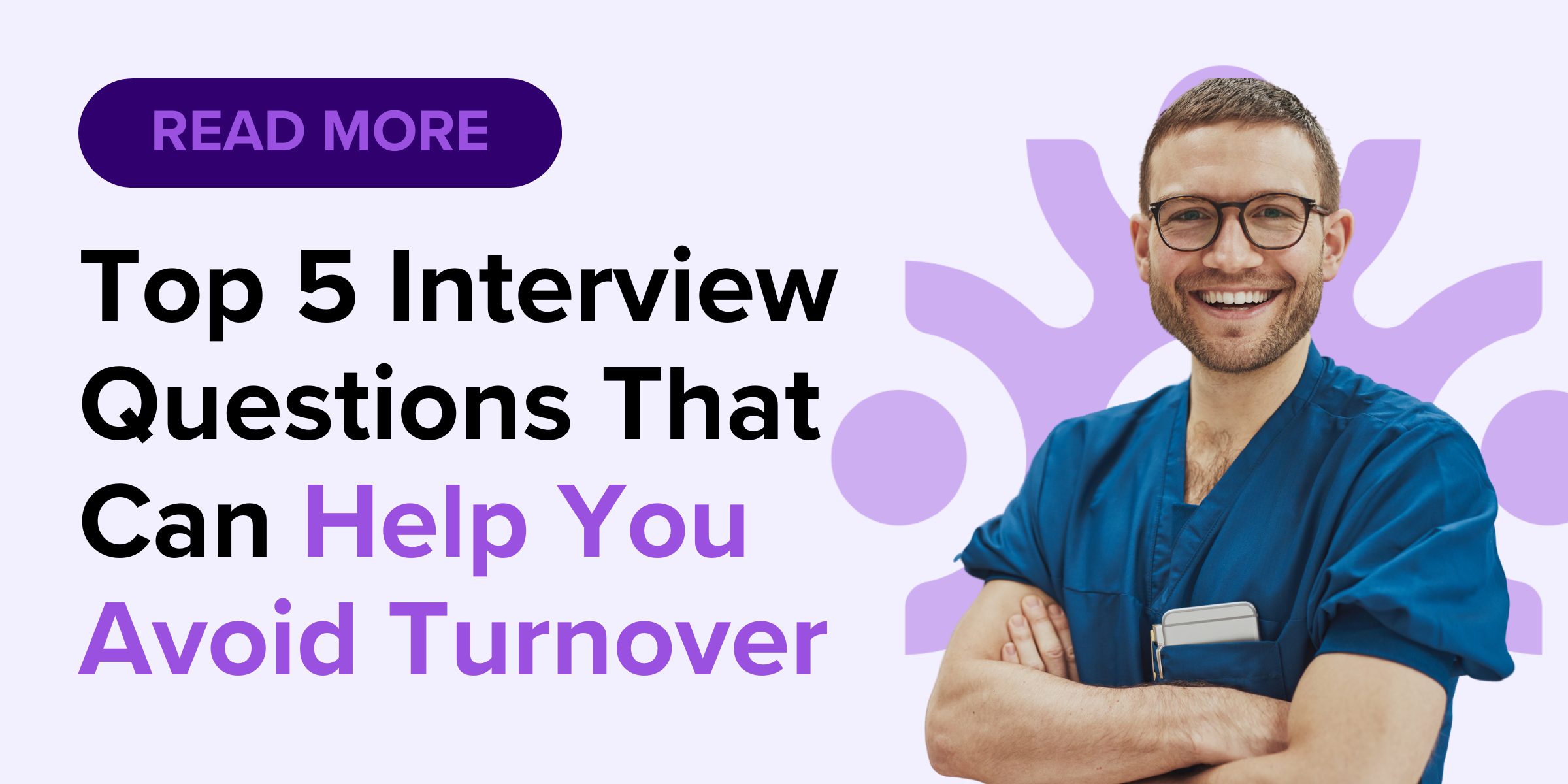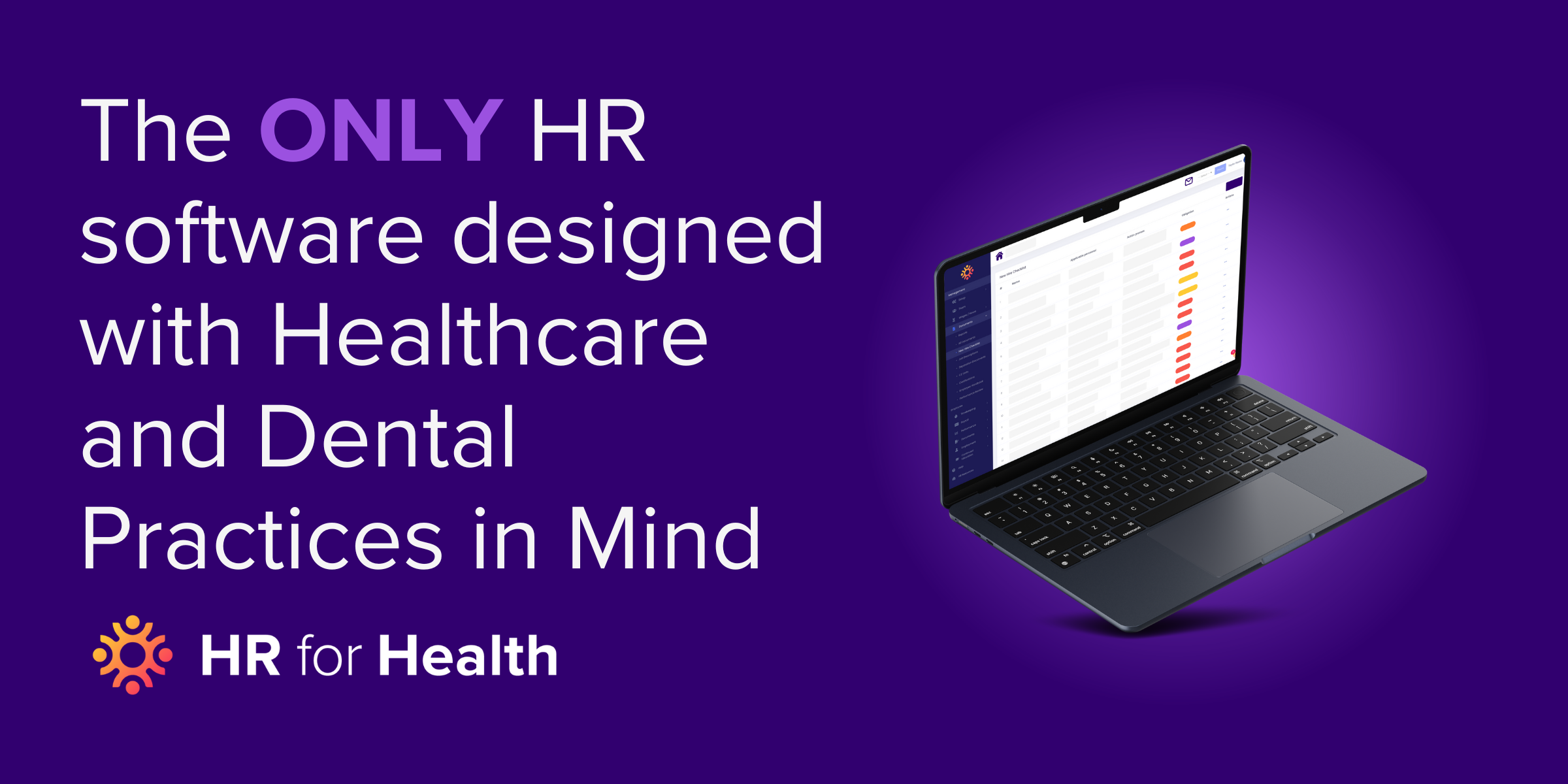In the modern-day landscape of dental practices, there’s more to the profession than just a precise hand and keen eye. Behind the scenes, there is an entire spectrum of human resources (HR) challenges that need to be addressed, from payroll to personnel management, to maintaining compliance with ever-changing employment laws. Thankfully, advanced HR software can help dental practices navigate these issues efficiently and effectively. Here, we delve into the profound benefits of implementing an advanced HR system in dentistry.
What Is Human Resources Software?
Human Resources (HR) software, also known as Human Capital Management (HCM) or Human Resource Information Systems (HRIS), is a digital solution designed to streamline and automate an organization’s human resources functions. It’s a comprehensive tool designed to manage employee information, recruitment processes, benefits administration, time and attendance, performance evaluations, payroll systems, and much more.
The HR software typically includes:
Employee Database: Consolidates employee data—like names, job roles, contact information, and more—into one secure location.
Payroll Systems: These automate salary calculations, deductions, tax filings, and pay slip generation.
Time and Attendance: Monitors employee attendance, tracks work hours, manages leave and absences, and schedules shifts.
Recruitment and Applicant Tracking: Manages job postings, screens applications, monitors applicant progress, and onboard new hires.
Performance Management: Sets goals, reviews performance, provides feedback, and coordinates professional development.
Benefits Administration: Handles employee benefit programs such as health insurance, retirement accounts, and wellness benefits.
Importance of HR Software
Utilizing HR software is crucial for businesses of any size, for the following reasons:
Efficiency and Productivity: By automating routine administrative tasks, HR software reduces the time and effort required by the HR team. This allows them to focus on more strategic initiatives.
Data Accuracy: The use of manual data entry often leads to errors. HR software reduces the risks of these mistakes, ensuring accurate record-keeping and reporting.
Compliance: HR software can ensure businesses adhere to many government regulations and laws related to employment.
Employee Self-Service: It offers employees the ability to access, view, and update their own information, encouraging transparency and engagement.
Centralized Data: With all information stored in a single location, information retrieval and management become significantly easier.
Cost-Effective: By streamlining processes and reducing the chance of costly errors or violations, HR software is a sound financial investment.
In a nutshell, HR software is a pivotal tool for the HR department and the whole dental practice. It augments HR operations, enhances employee engagement, and drives growth by allowing HR personnel to contribute strategically.
Why Use Human Resources Software in Dentistry?
Using HR software benefits your dental practice in so many ways.
One of the biggest advantages is that it can reduce employee turnover. Replacing an employee can cost anywhere from one-half to double their annual salary. In some cases, that estimate is low. U.S. businesses spend $1 trillion a year on employee turnover. The dental industry, in particular, faces an increasing rate of turnover because of too many patients and not enough resources. Many in the dental field have concerns about their personal safety. In fact, 60% of nurses and 20% of doctors plan to leave the field due to the COVID-19 pandemic. Dental clinics are struggling to keep their employees because patients are staying away and causing financial strain. Your dental practice needs to retain its employees during this difficult time.
Streamlining Payroll
Payroll can be a complex task in dental practices due to a variety of payment structures such as hourly, salary, commission, overtime, and more. HR software efficiently automates all payroll processes, ensuring every staff member is paid correctly and on time while minimizing chances of human error.
Calculating payroll can be difficult for several reasons:
Errors in payroll calculation: Manual payroll processing may lead to mistakes when calculating gross pay, allowances, overtime pay, reimbursements, tax, and other deductions. Errors may also occur in timesheet data, attendance data, and leave data.
Compliance issues: Staying compliant with labor laws, state regulations, and statutory compliances poses a challenge, and ensuring adherence to these laws is necessary.
Dealing with errors: Mistakes made while calculating hours worked or entering information into the system can cause errors in payroll processing.
Confidentiality: Maintaining confidentiality and ensuring sensitive employee information is kept private can be challenging.
Organization: Keeping track of employee work hours, benefits, and other related data can be complex and time-consuming.
These challenges highlight the importance of implementing a reliable and efficient payroll system to reduce errors and ensure compliance with laws and regulations.
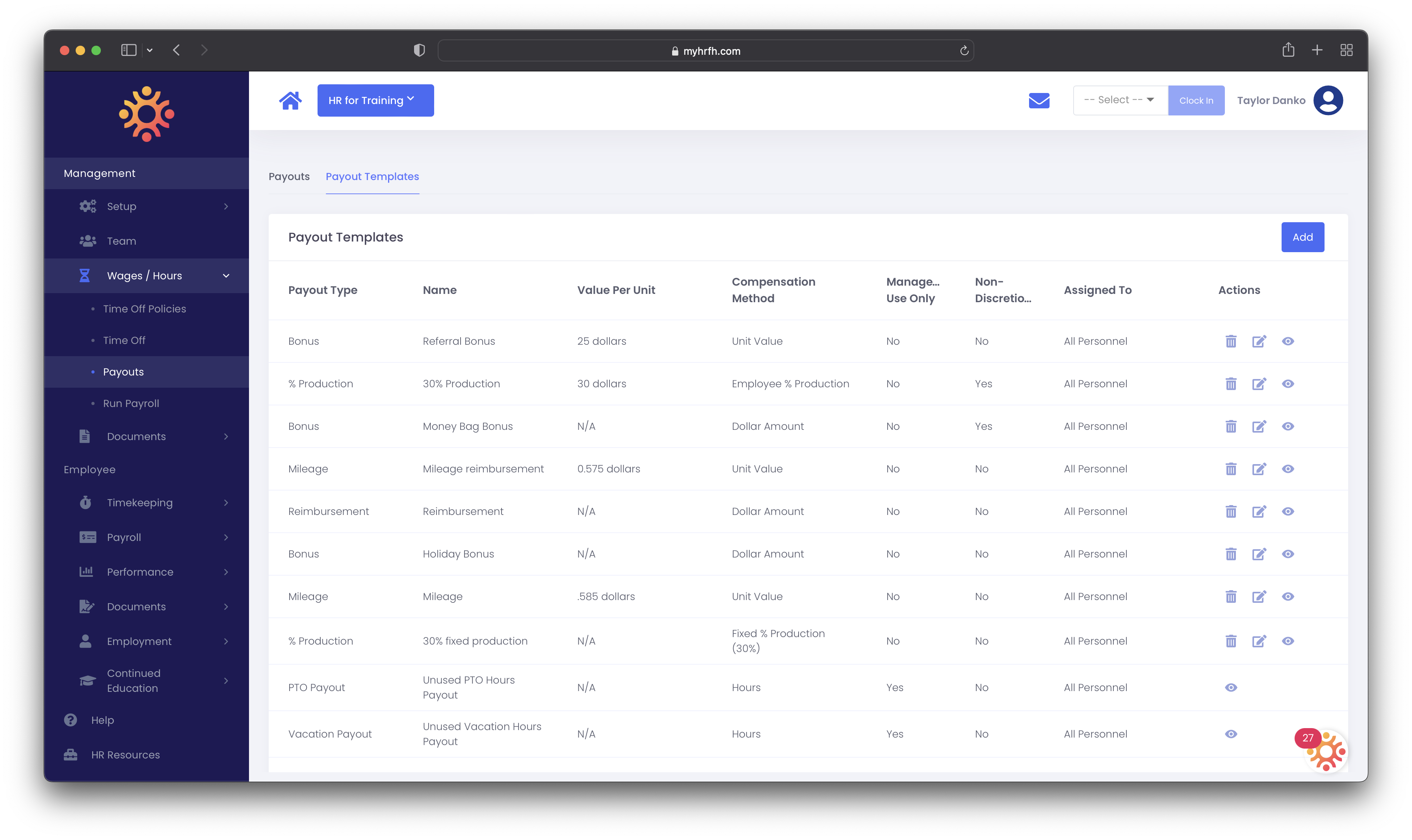 Does your payroll look this organized and straightforward? If not, consider this your sign to make a change.
Does your payroll look this organized and straightforward? If not, consider this your sign to make a change.
Managing Benefits
Employee benefits are critical for retaining talent and ensuring staff satisfaction. HR software simplifies the benefits management process by tracking, managing, and providing staff benefits are paid out accurately and on time. Further, it offers a central place to view and update information about each employee’s benefits package, eliminating confusion and hassle.
Retaining Top Talent
Finding a skillful dental professional is challenging, but retaining them is even more so. HR software assists in retaining top talent by creating efficient systems for performance reviews, allowing for precise tracking of individual’s progress. It also aids in identifying professional development opportunities, which increases job satisfaction and loyalty.
Employee Handbooks, Onboarding, and Offboarding
HR software serves as an ideal platform for creating and distributing your employee handbook, a crucial tool that clearly outlines your company’s policies, culture, and expectations. For new hires, HR software ensures efficient and effective onboarding, decreasing the time it takes for new employees to reach optimal productivity. When employees leave, offboarding becomes an organized process that ensures responsibilities and tasks are transferred smoothly and access to sensitive information is appropriately revoked.
Tackling Terminations and Performance Management
Terminations are often a difficult task. HR software ensures they’re handled professionally and courteously. It also mitigates risk by maintaining up-to-date documentation of every performance discussion, probationary period, and every step up to the termination.
Metrics-based performance management can also be effectively dealt with using HR software. By tracking KPIs, you can keep a pulse on team progress, identify pain points, and provide constructive feedback and mentorship.
Organizing Personnel Files
HR software allows the safe, secure, and organized storage of personnel files. With everything in one place, you can effortlessly track employee history, certifications, continuing education credits, and more while protecting sensitive information.
Navigating Changes in Employment Laws
Employment laws are ever-evolving. HR software provides updates on these critical, often complicated changes, ensuring your dental practice remains compliant with state and federal regulations, thereby avoiding potential legal penalties.
The Different Types of HR Software
You can buy software programs that you keep and install on-site or sign up for cloud services you pay to use, known as software as a service (SaaS). Both types have their advantages, although many companies now choose SaaS as their preferred method. HR software also fits into various categories, such as:
Training/Onboarding Software: these programs allow new hires to quickly get up to speed on company policies, job duties, industry compliance regulations, etc. Current employees can learn additional skills, new policies, and safety requirements by logging on.
Benefit Programs: This software lets you track employee time off, health insurance, retirement accounts, and more. It also manages pay, bonuses, and commissions. Payroll software, which falls into this category, delivers direct deposits, checks, and tax withholding, and completes other necessary tasks.
Performance Management Software: These programs help you measure employee performance. They allow management members and employees to evaluate each other, deliver helpful feedback, and track goal attainment.
Recruiting Software: this tool lets you handle recruitment needs, like application entry and candidate tracking, freeing you up for candidate evaluation and hiring.
These programs are not “one size fits all industries.” You can find specialized programs to fit your practice’s needs with help from the experts at HR for Health.
How HR for Health Can Help
HR for Health offers an advanced software program that is specifically for dental practices. The demands on your employees are intense, but implementing the right software solutions can save you money, ease your team’s workload, improve patient satisfaction, and deliver better care.

